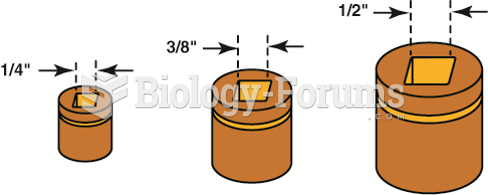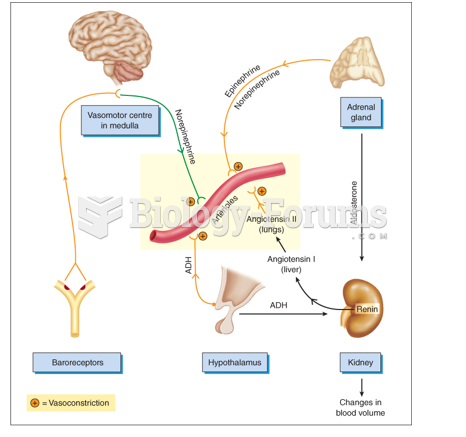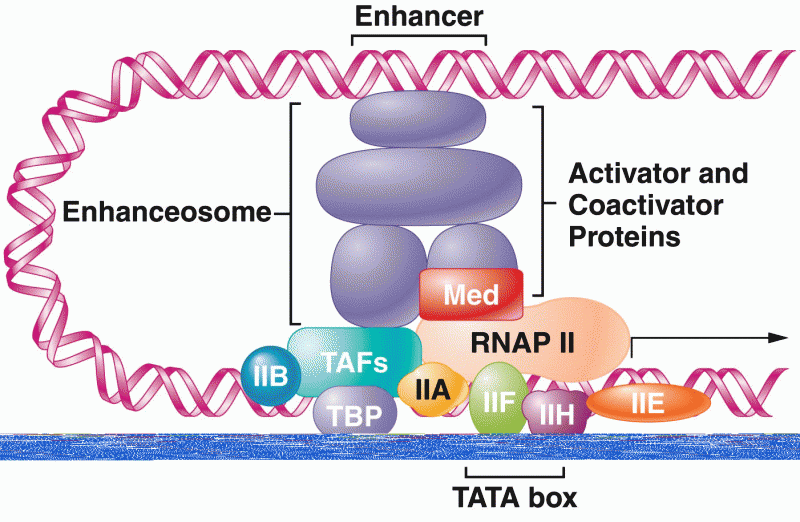|
|
|
For pediatric patients, intravenous fluids are the most commonly cited products involved in medication errors that are reported to the USP.
Though Candida and Aspergillus species are the most common fungal pathogens causing invasive fungal disease in the immunocompromised, infections due to previously uncommon hyaline and dematiaceous filamentous fungi are occurring more often today. Rare fungal infections, once accurately diagnosed, may require surgical debridement, immunotherapy, and newer antifungals used singly or in combination with older antifungals, on a case-by-case basis.
More than 34,000 trademarked medication names and more than 10,000 generic medication names are in use in the United States.
Egg cells are about the size of a grain of sand. They are formed inside of a female's ovaries before she is even born.
After a vasectomy, it takes about 12 ejaculations to clear out sperm that were already beyond the blocked area.







